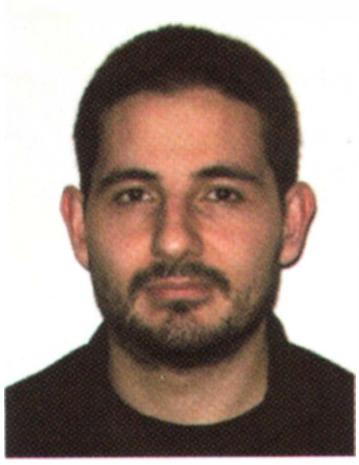Figure 2 – uploaded by Salazar Palma

Figure 2 magnets, and extended the theory to the law of attraction of opposite electricity. Coulomb used a torsion balance to verify that the electric-force law had an inverse-squared variation. He proposed a combined that of the German natura Aepinus (Figure 2), but w philosopher, Franz Ulr one. He also discovered that the electric force near was proportiona to its sur ponent of a two-fluid theory, advocated in 1759 based on the ideas of Cis less, the depend ence of t ernay du Fay (Figure 3 inverse-square law) had been previously proposed (Figure 4). How on this. The de ever, Cou omb did not generalize fluid/action-at-a-distance theory like ich Theodor ith two conducting fluids instead of a conductor face charge density. He was the pro- by Symmer, ). Neverthe- he electric force with distance (the by Priestley or elaborate pendence with both distance and charge had been discovered but not published by Cavendish (Figure 5), ten years prior to Coulomb’s works.
Related Figures (97)

































































































Connect with 287M+ leading minds in your field
Discover breakthrough research and expand your academic network
Join for free